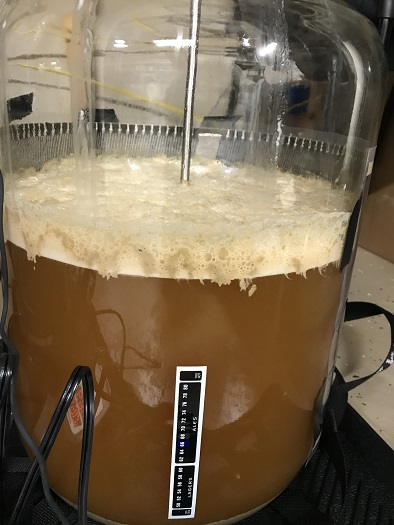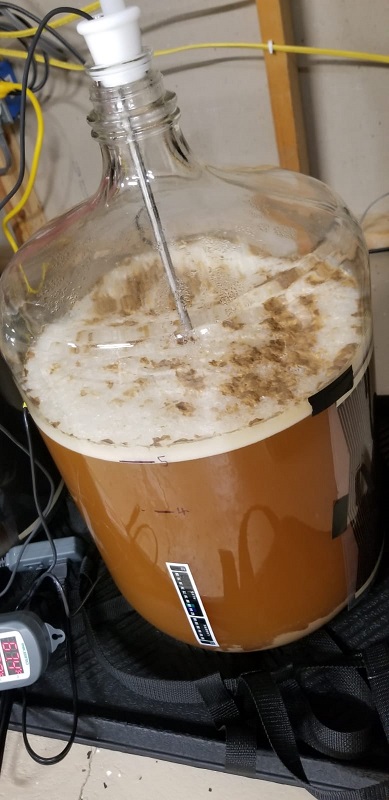Hey all, since we seem to be getting a lot more of "is this right" and "is this infected" posts, I thought it would be nice for some of us more experienced brewers to post some pics of what healthy krausen/fermentation/yeast rafts look like. I just brewed this today and it's getting going. Looks nasty, right? Nope, just healthy yeast getting it on. Please ignore dirty shelf.
![20190209_182433[1].jpg 20190209_182433[1].jpg](https://cdn.homebrewtalk.com/data/attach/552/552431-20190209-182433-1-.jpg)
![20190209_182450[1].jpg 20190209_182450[1].jpg](https://cdn.homebrewtalk.com/data/attach/552/552432-20190209-182450-1-.jpg)
![20190209_182433[1].jpg 20190209_182433[1].jpg](https://cdn.homebrewtalk.com/data/attach/552/552431-20190209-182433-1-.jpg)
![20190209_182450[1].jpg 20190209_182450[1].jpg](https://cdn.homebrewtalk.com/data/attach/552/552432-20190209-182450-1-.jpg)











